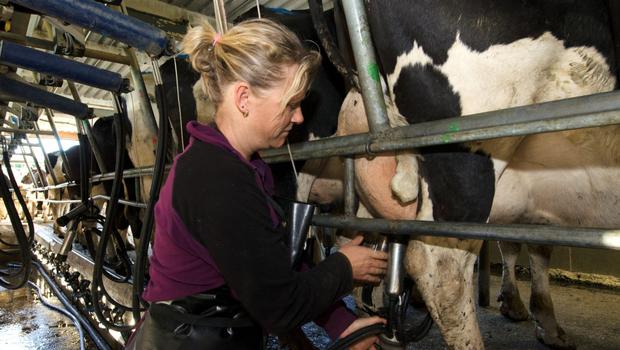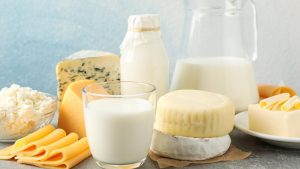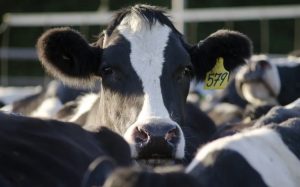
Key whole milk powder (WMP) prices slid 6.2pc, while overall prices fell a more moderate 4.7pc.
However, speaking to the Farming Independent Nate Donnay, Director of Dairy Market Insight at INTL FCStone since the auction powder prices in the US bounced higher and some slight firming in spot prices in the EU.
“Coronavirus continues to spread, and cases probably won’t peak until April or May, but a combination of supply concerns in New Zealand and traders waiting to get a feel for actual demand impacts gave some support to prices this week,” he said.
Donnay added that history has taught us that our fear tends to take over while we’re in an outbreak and we tend to overestimate the impact.
“For reference a 3pc change in New Zealand milk production is a 5-10pc change in global dairy prices. So some mildly adverse weather in one of the major dairy exporting countries could quickly negate any negative price impacts of this outbreak,” he explained.
These sentiments were echoed by Nathan Penny analyst with ASB bank in New Zealand, who said Chinese buyers were still active, with the number of buyers from North Asia bang on the average number for the last three months.
“Nonetheless, we remain vigilant. The outbreak situation is very fluid and, with that in mind, dairy price implications are subject to change. Over the coming days, we will monitor the dairy futures market for further market developments ahead of the next auction in two weeks’ time,” he explained.
Penny also said traders had also begun to return our gaze to New Zealand drought conditions.
In particular, the key Waikato region is very dry in parts, while the Taranaki, Northland, Nelson and parts of Canterbury are also very dry.
“If drought conditions continue to worsen over coming weeks, dairy prices have the potential to swing quickly back the other way,” he said.























